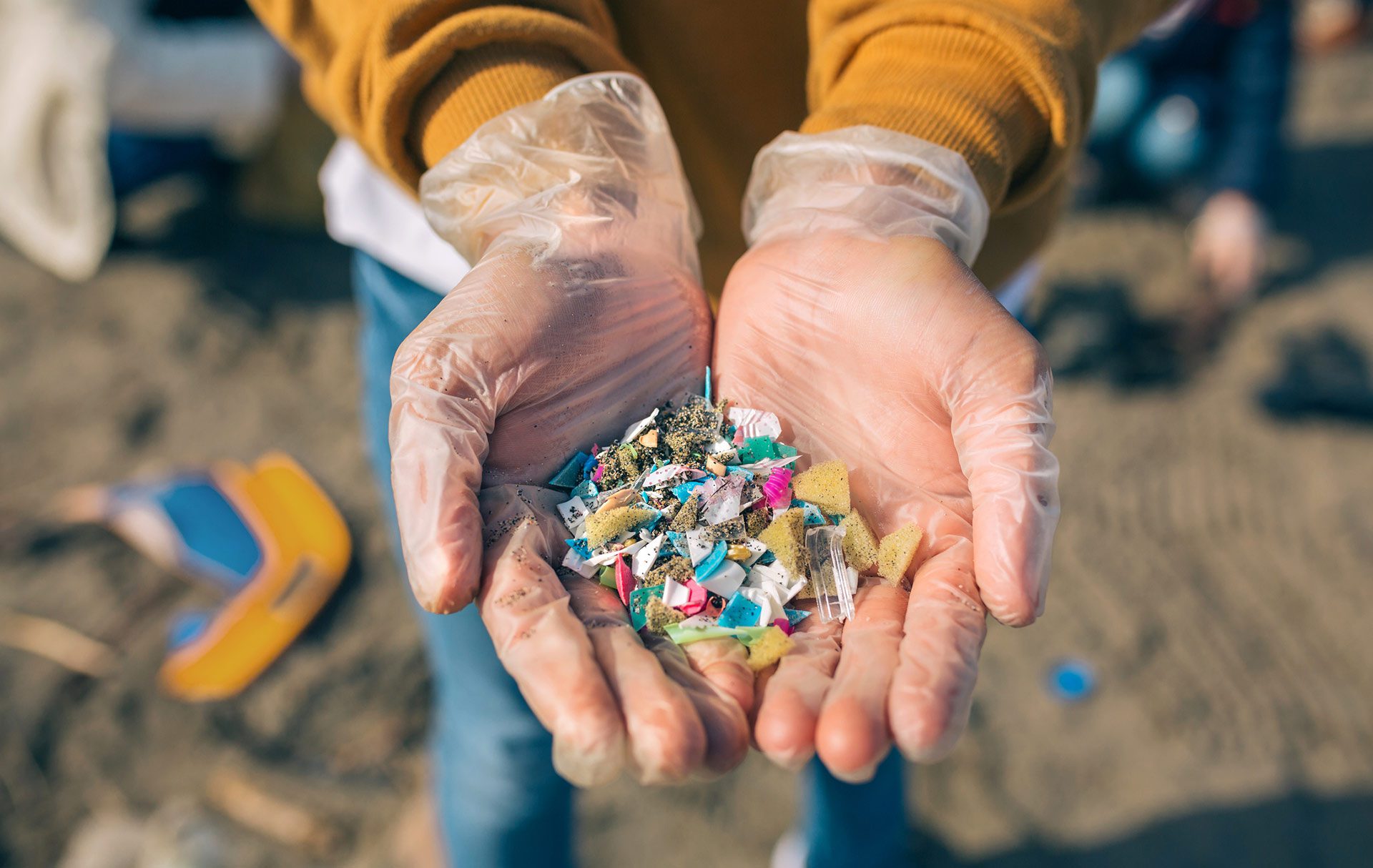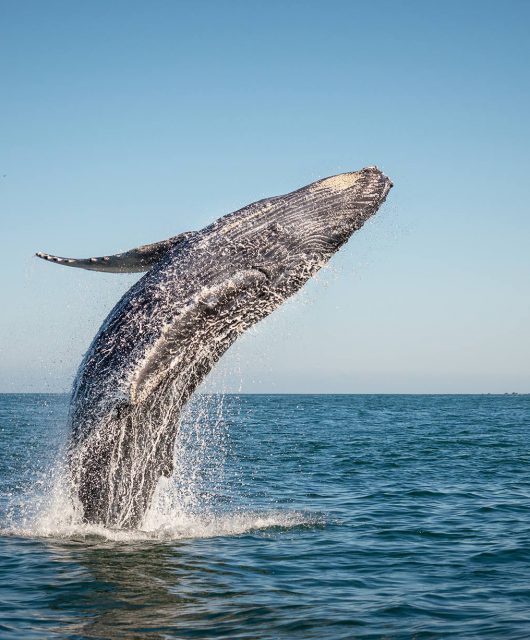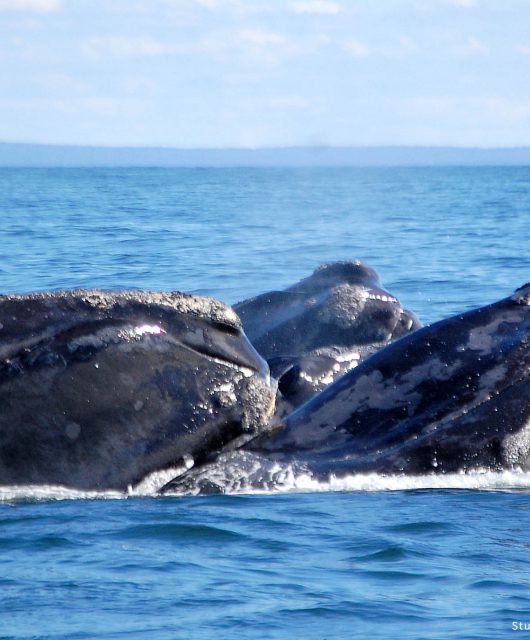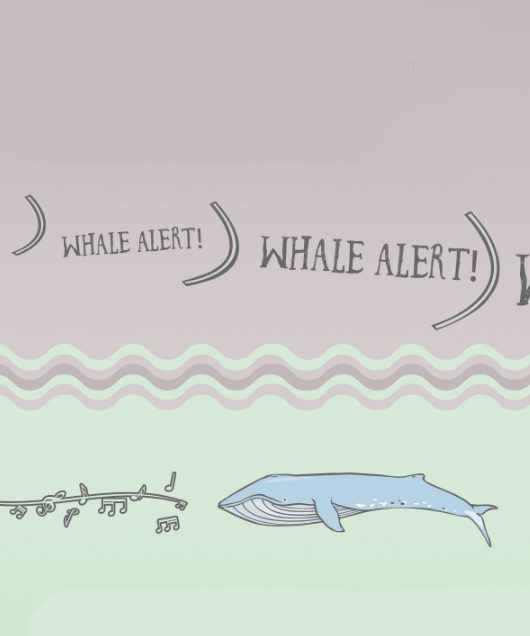Understanding the Invisible Danger Microplastics Pose to Whales and Marine Ecosystems
Did you know that a staggering 92 per cent of the 5.25 trillion plastic particles floating on our oceans are microplastics? These tiny particles originate from various sources: microbeads in beauty products, synthetic fibers from clothing, tires, city dust, and the breakdown of larger plastic debris.
While much attention is given to the impact of microplastics on humans, these tiny particles also have a significant effect on marine life. From plankton to whales, microplastics are infiltrating marine ecosystems.
The Hidden Menace

A 2023 study from Duke University discovered microplastics embedded in the fats and lungs of two-thirds of marine mammals examined, including seals, dolphins, and whales. Researchers found that these plastics, attracted to fats, lodged in the tissues of these animals. The plastic particles were about the size of a strand of human hair, ranging from 198 to 537 microns in diameter.
Researchers fear that all sorts of whales might fall victim to microplastics. Blue Whales off California may consume up to 95 pounds of plastic waste daily, while Grey Whales off the Oregon coast ingest between 6.5 million and 21 million microparticles daily.
How are they consuming so much? First, their prey are teeming with microplastics. Researchers at Oregon State University sampled 26 zooplankton from feeding areas and found around 218 microparticles in them. When they examined five excrement samples, they discovered microparticles, primarily fibers, which were larger than those in zooplankton. This indicates that the larger fibers likely come from sediment or water via bycatch, as zooplankton are too tiny to consume such big plastic pieces.
What Lies Ahead?
The long-term effects of microplastics on whale species remain uncertain but we know for sure that microplastics are bad for whales. Researchers from Duke University are now investigating the metabolic impacts by conducting toxicology tests on these particles. While the full impact is yet to be determined, it is clear that microplastics are an increasing threat to marine life.




